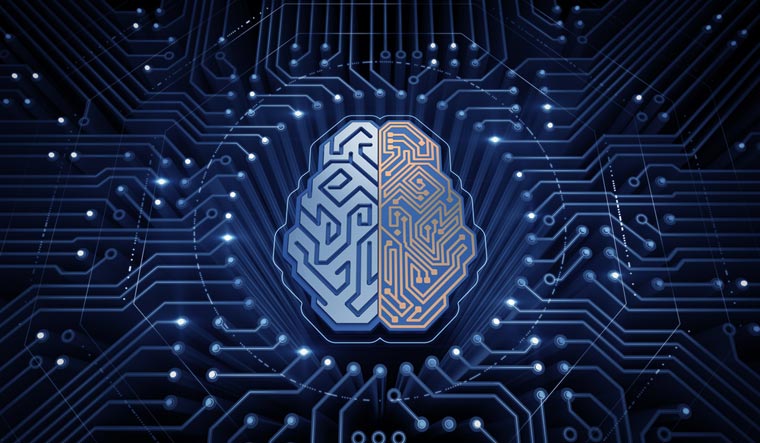Subscribe to:
Post Comments (Atom)
Chiral Powers Next-Generation Electronics With Nanomaterials as It Raises $3.8m
Chipmaking has become one of the world’s most critical technologies in the last two decades. The main driver of this explosive growth has ...

-
Chipmaking has become one of the world’s most critical technologies in the last two decades. The main driver of this explosive growth has ...
-
Sentinel Digital Desk Published on: 12 Apr 2024, 10:07 am Sanjeev Hazarika (sanjeev.hazarika77@gmail.com) O f late, we have heard the te...
-
Nanotechnology has been spearheading innovative advancements in many fields, from electronics to medicine. The use of nanotechnology for i...


No comments:
Post a Comment